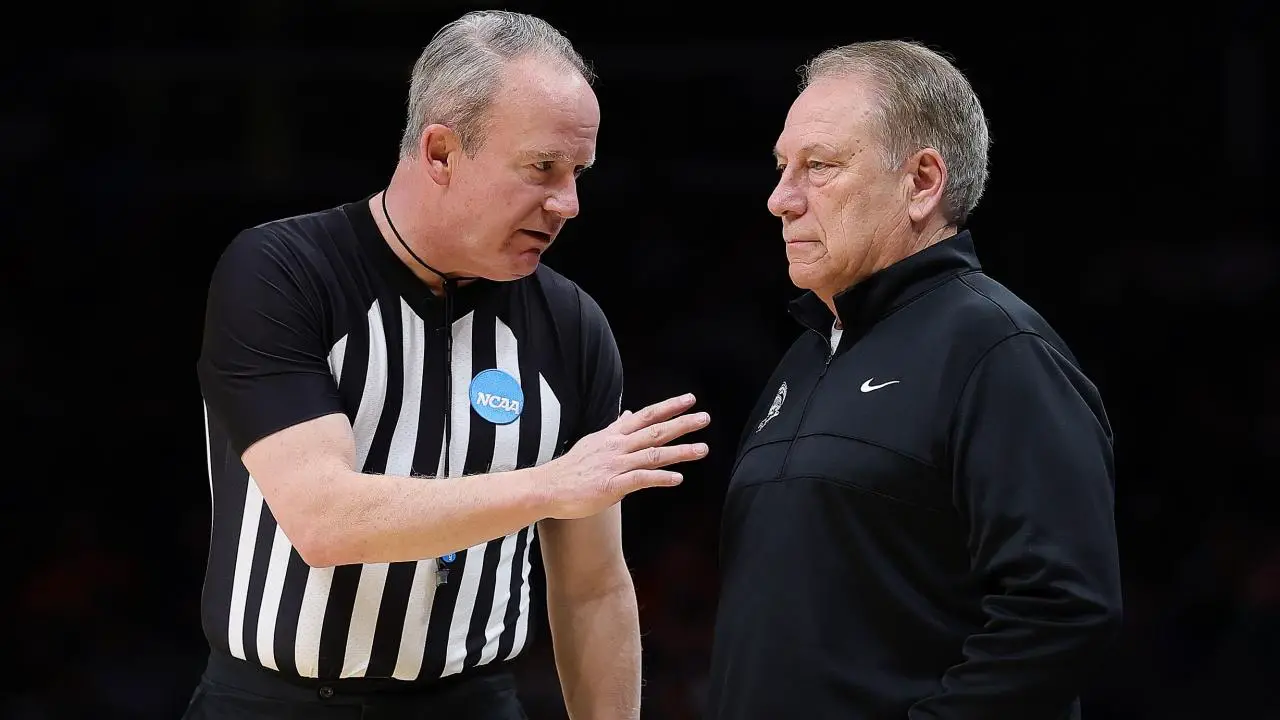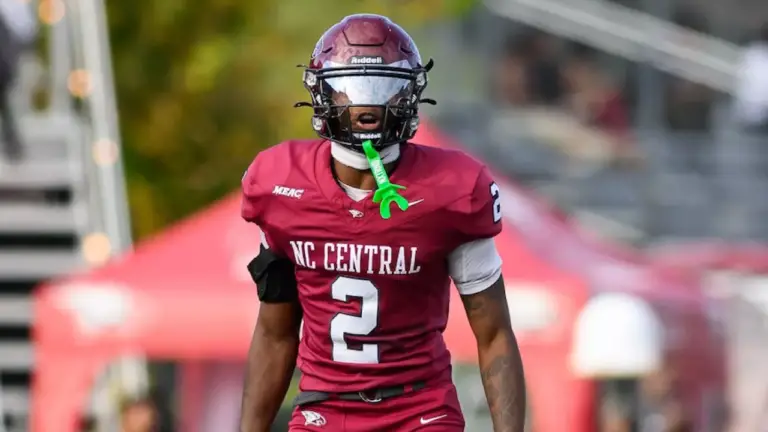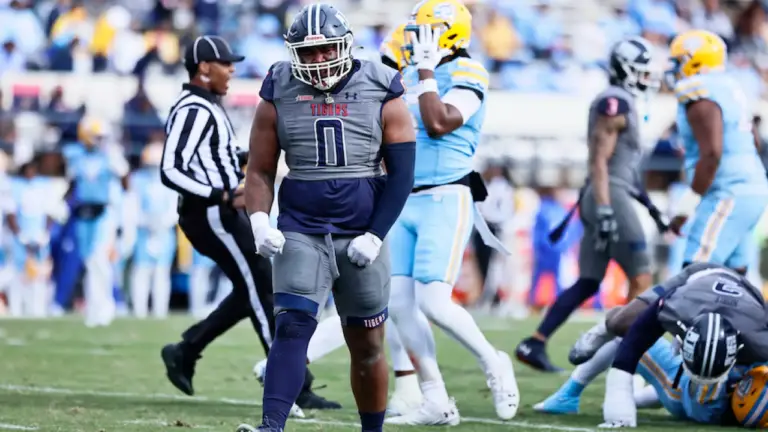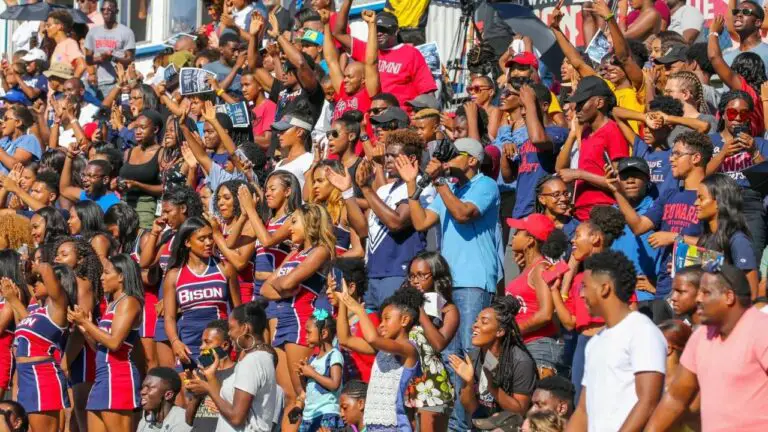

Panel approves changes to enhance the flow of the game in men’s college basketball
Panel approves changes to enhance the flow of the game in men’s college basketball
The NCAA rules panel approved changes on Tuesday to help increase the flow of the game in men’s basketball for the 2025-26 season.
Changes include the coach’s challenge at any time in the game to check the calls outside the boundaries, the disturbance/goal of the basket and whether the secondary defender was in an arc with a limited area. The panel also approved the modifications of the rule on continuous movement while attempting to target the field.
Other improvements that help with the game flow focus on emphasis points for officials on 2025-26. This includes guidelines for solving tactics of game delay, limiting the time spent on the monitor, improving gaming efficiency and reducing physicality.
According to the coach call rule, teams must have a time limit to ask for an immediate challenge for playback.
If the Instant Relay Review Challenge is successful, teams will have one additional challenge to check video for the rest of the game, including overtime.
Coach challenge will be presented in this upcoming season.
🏀 May the challenge at any time in the game
🏀 Must have a time limit in order to invite
🏀 If successful teams receive one additional challenge for the rest of the game, including overtimeAll details:… pic.twitter.com/sv9aipgpki
– NCAA MARCH MADNESS (@MARCHMADNESSMBB) 10th June 2025
If the first challenge for video control is unsuccessful, the team will lose the ability to question the rest of the game.
Officials can start reviews of video interference/carts and limited arc games in the last two minutes of the game and overtime. Recent data shows that these reviews have caused minimal interruption of the game. Members of the NCAA basketball rules think that the coach’s challenge will have a significant impact on the game flow. Officials cannot perform a video review of calls outside restrictions unless there is a coach.
However, the coach’s call will not affect the voluntary use of the immediate NCAA officials for the timing errors, the scoring errors, the shot of the shot, the 2-point attempts at the 3-point goal, the flagrant fouls, etc.
When considering the decision last month, the basketball committee for men NCAA led conversations about ways to continue this direction in the coming years, which includes positive dynamics for moving the male game from half to neighborhoods. The Committee realizes that there are obstacles to the implementation of a quarterly format into the game, including the structuring of media time limits for commercial inventory.
The Committee recommended the NCAA Division conference to create a common working group that provides feedback on a potential change from half to a quarter.
The Basketball Rules Committee would like to take feedback from conferences for the next year.
When changes in the rule of continuous movement, there will be an offensive player who ends his dribling towards the basket and absorbs contact from defense, turn or finish the step the player is turned on, and complete the goal attempt.
Currently, players are attributed to the field targets only if they are polluted when shooting basketball.
Other changes in the rules
- Officials will be able to call Flagrant 1 Fall when the player is contacted to the weakness. Flagrant 1 foul results in two free feasts for offended team and holding the ball. Previously, officials could call an ordinary foul or consider it a flagrant 2 foul in which the player receives the ejection, and the offended team receives two throws and holding the ball.
- If a player uses RIM to get an advantage, it will be a violation of the bin interference.
- If one of the lessons becomes broken, the missiles on the other basket will remain. Previously, both hours would be turned off until they were operable.



